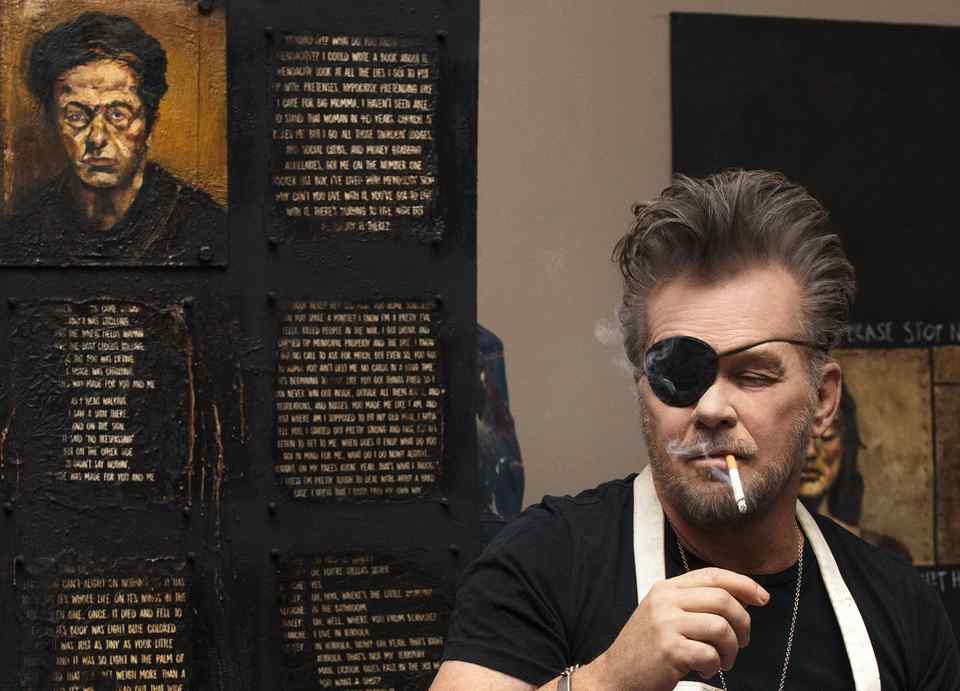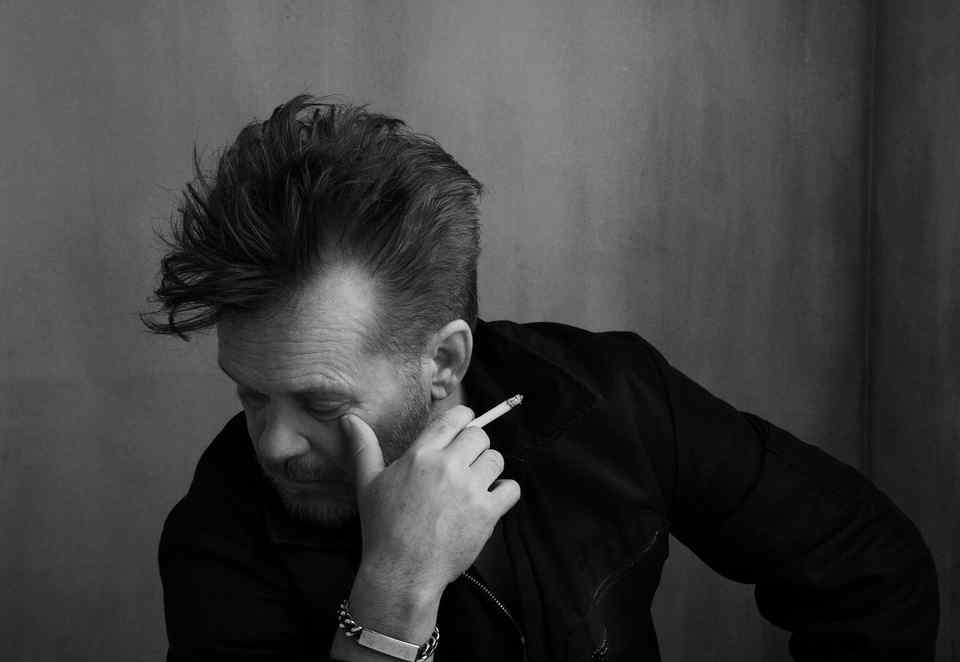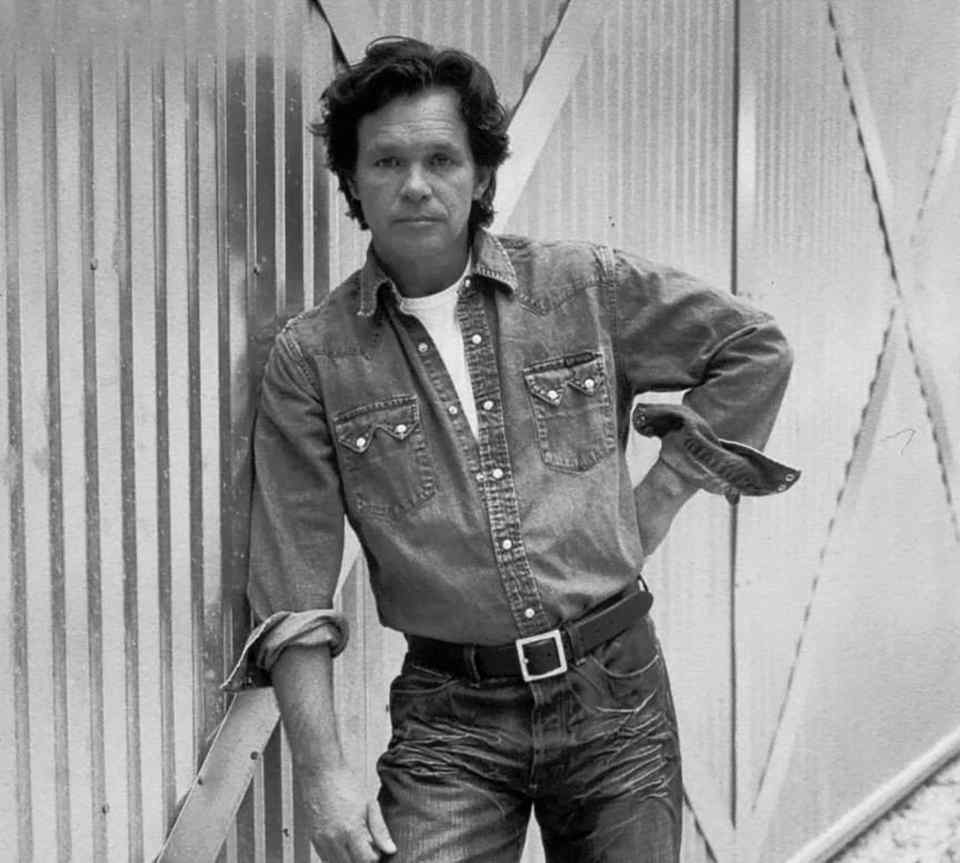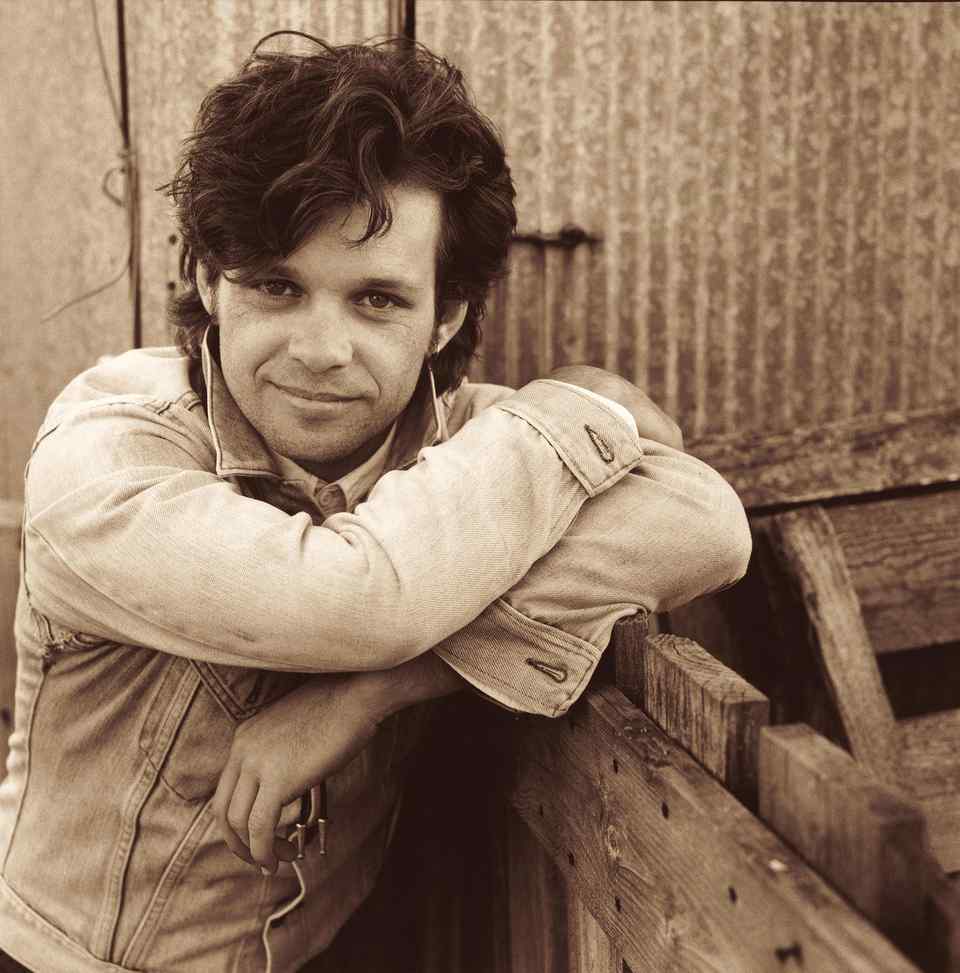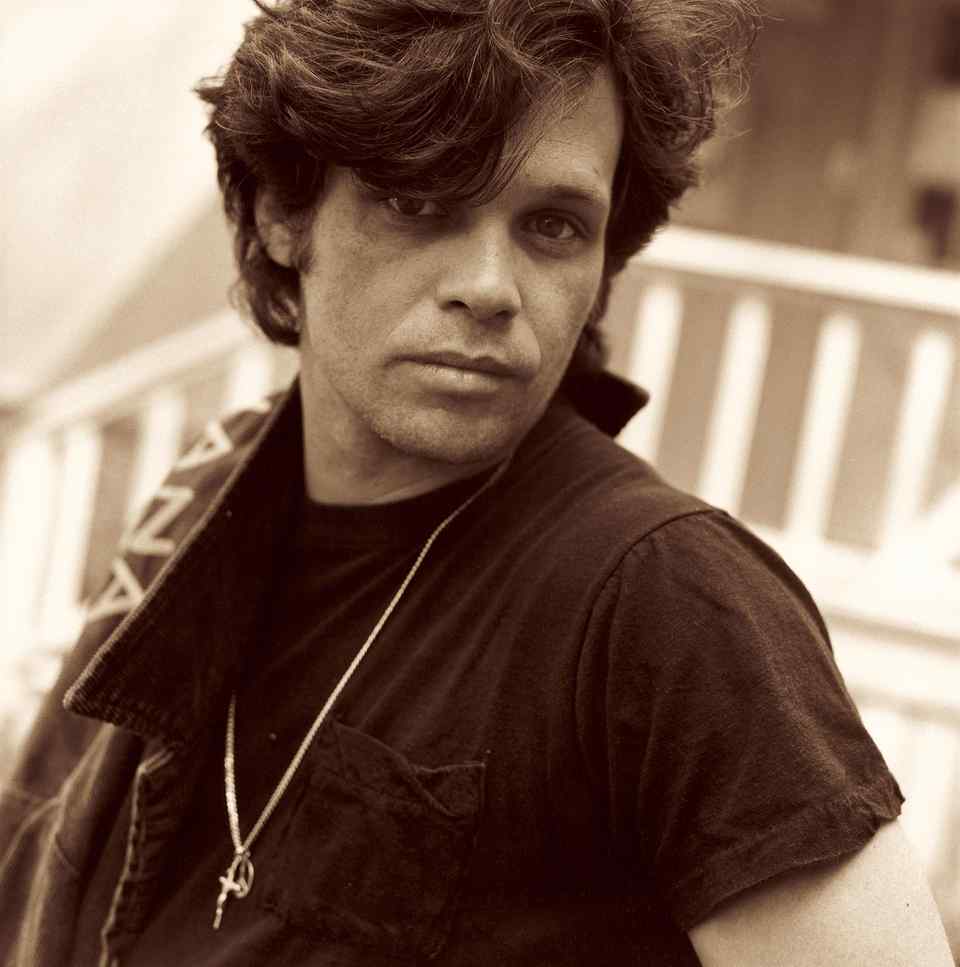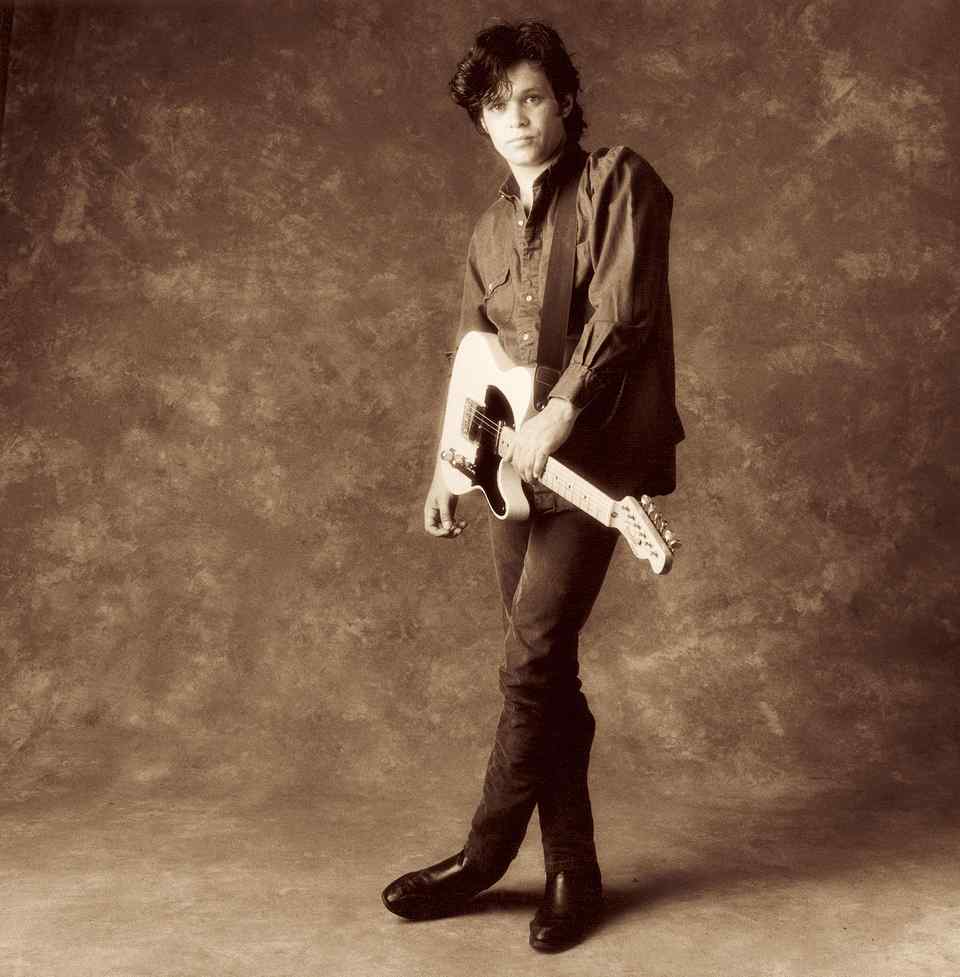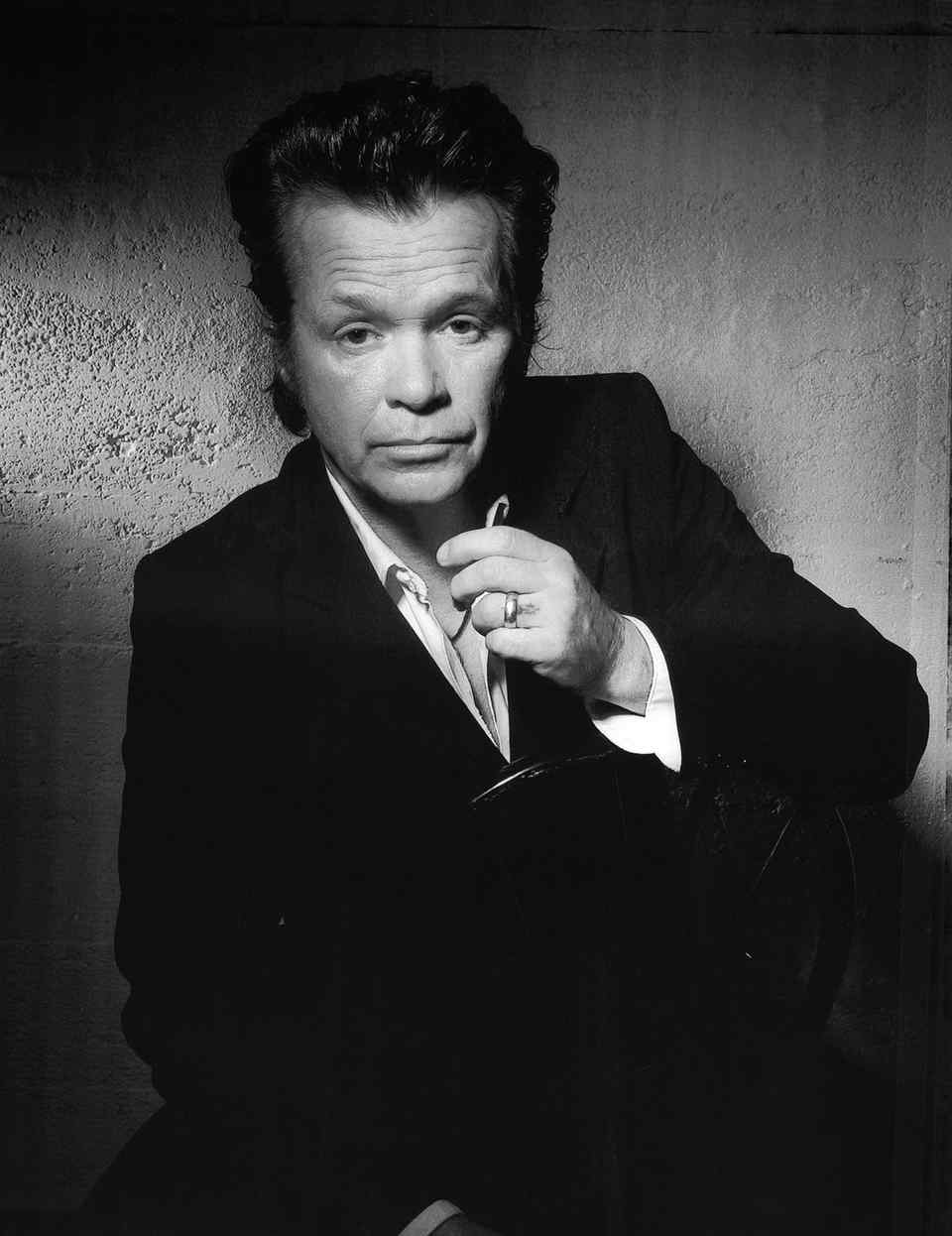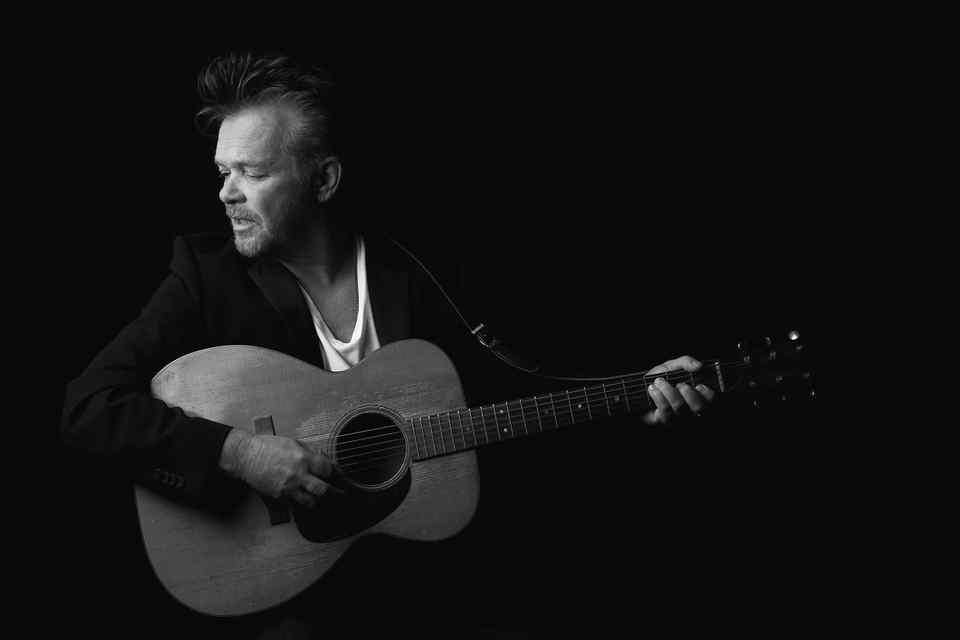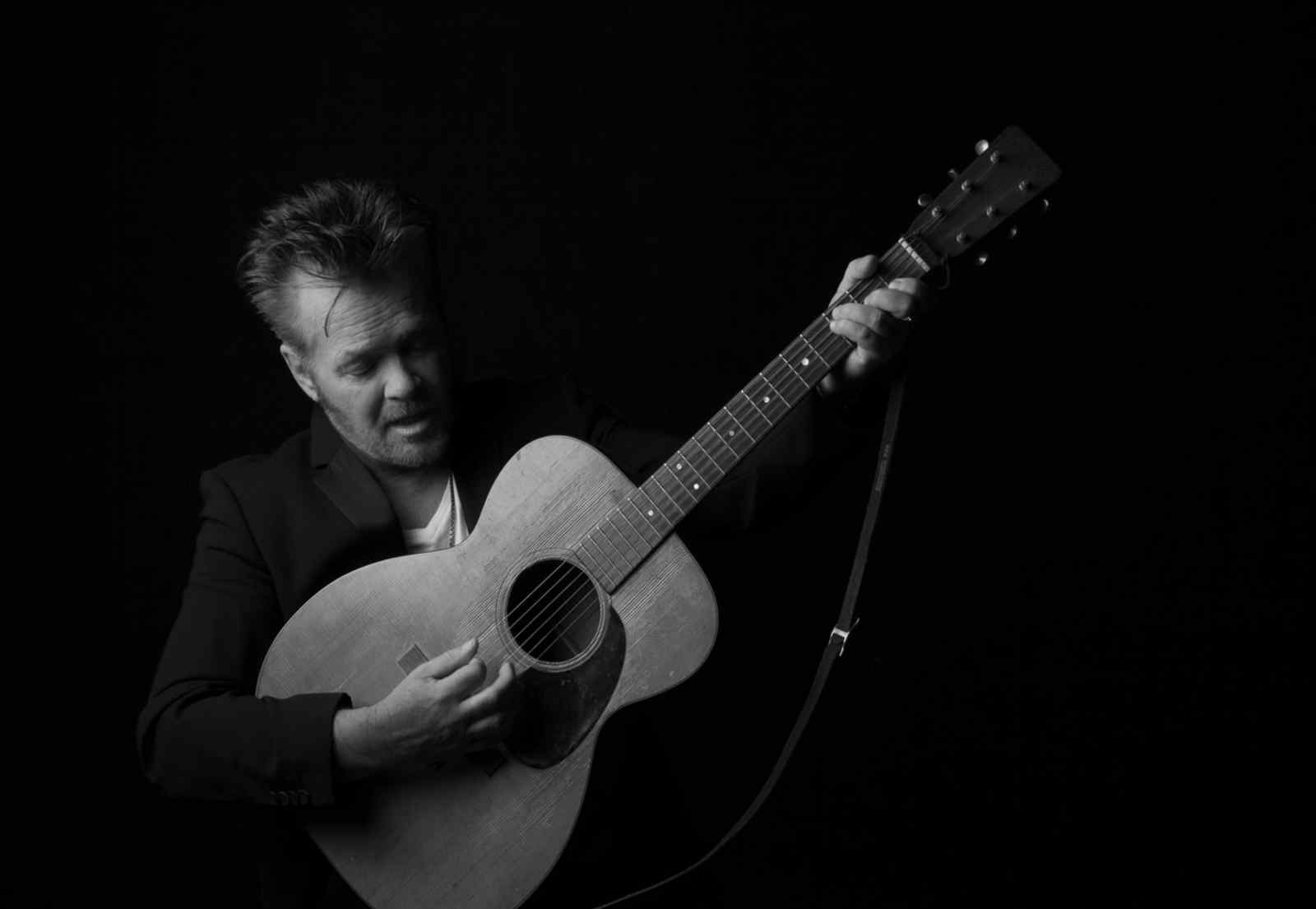The Wall Street Journal: John Mellencamp Wants to Make Great Albums, Not Hit Songs
The Wall Street Journal By Alan Paul
John Mellencamp doesn’t much care what you think about him. “I just don’t give a f—,” he says. ”I never did look for acceptance—from my parents, from my teachers, from my record company.” He single-mindedly pursues whatever he thinks is right: “You do not want to argue with me,” he says.
That rebellious streak has probably been Mr. Mellencamp’s greatest strength, the core of his approach to life and music. For one thing, it helps to explain why, as he says, “I still make albums, even though there’s not a lot of demand for albums in today’s singles world.”
‘I still look at albums as a distinctive piece of work, not just a bunch of songs.’ Mr. Mellencamp’s new album, “Strictly a One-Eyed Jack,” released on Jan. 21, is a collection of songs steeped in folk and blues, told from the perspective of a man looking back over his life. They are presented with gravitas—“I still look at albums as a distinctive piece of work, not just a bunch of songs,” he says—but not self-seriousness. One highlight is “Wasted Days,” a duet with Bruce Springsteen that is all about looking mortality in the eye and making the most of every day.
“Strictly a One-Eyed Jack” is Mr. Mellencamp’s 25th studio album. His first, “The Chestnut Street Incident,” was released in 1976 under the stage name Johnny Cougar, a decision he says he objected to. But Mr. Mellencamp had struggled to get his big break, repeatedly making the 12-hour drive from his home in Seymour, Ind., to Manhattan, where he walked the streets cold-calling every music management firm and record company he could find. Having come too far to quit, he went along with being groomed as a pop idol with a new moniker.
In 1982, the multiplatinum success of his fifth album, “American Fool,” spurred by the hit singles “Hurts So Good” and “Jack & Diane,” gave him enough clout to change his billing to John Cougar Mellencamp. He recorded under that name until 1991, when he finally dropped the Cougar. Mr. Mellencamp credits his success to his working-man’s attitude: “I knew that while other guys were at nightclubs, we were rehearsing, trying to learn how to be the best that we could be,” he says. “We knew that we had to work harder and that I needed to have hit records because rock critics weren’t going to support me.”
Mr. Mellencamp, 70, has lived most of his life in and around Seymour, and his songs reflected the reality of the people he knows there. That has led some writers to hail him as “the voice of the heartland,” but he rejects that idea, seeing his songwriting as too pointedly political and socially conscious to earn such a title.
Over a decade ago, Mr. Mellencamp told his booking agent that he was done playing arenas, stadiums and large amphitheaters, where he felt “there’s always a barrier” between him and the audience. “I told them that I was done playing to the gallery,” he says. “I’m just going to play theaters, the only place you can play to the front row. I don’t care about the money. I got enough money, and I don’t need more applause in my life.”
One annual exception is Farm Aid, the benefit concert Mr. Mellencamp co-founded in 1985 with Willie Nelson and Neil Young. The organization’s mission is to “keep family farmers on the land” and it lobbies to expand access to affordable credit and to “secure fair farm prices,” among other goals.
Farm Aid has raised money and awareness for family farmers, but Mr. Mellencamp is distressed that it’s still necessary almost 40 years later. “It’s surprising to me that we’re still doing it,” he says. ”We didn’t think it would still be necessary all these years later. Farm Aid has done a lot of good on a small level with individuals, but as far as the government goes, I don’t think we brought the change we wanted.”
For Mr. Mellencamp, the drive to write hit records ended long ago, and he’s now making quirkier, more personal music. He’s also become increasingly involved in another art form, painting, a passionate hobby that he began to pursue in a more professional manner thanks to Bob Dylan, a musical inspiration and longtime friend. In 1989, Mr. Mellencamp directed a video for Mr. Dylan, who visited his studio, looked around at countless paintings in various states of completion and asked, “What are you going to do with all this?”
Mr. Mellencamp never thought of painting as a vocation, though he has done it for most of his life. The day before our interview, he says, he spent 12 hours in the studio. Mr. Dylan asked why he didn’t sell his art, adding simply, “I sell mine.”
“That gave me the idea that somebody might want to buy these things, which had truly never occurred to me,” says Mr. Mellencamp. He has since exhibited his work, mostly large-scale oil paintings and mixed media, in galleries and museums, including the Butler Institute of American Art in Youngstown, Ohio, and the Tennessee State Museum in Nashville. He has also painted several of his own album covers.
Over the years, Mr. Mellencamp’s smoking habit has deepened his voice into Tom Waits territory—though he rejects the comparison, quipping, “I was thinking Nat King Cole.” Years ago, he told an interviewer that he accepted that cigarettes would kill him. But he’s no longer so fatalistic and doesn’t seem in any rush to quit, even almost 20 years after a heart attack. “I’m smoking right now,” he mentioned during our phone interview.
“I just had an MRI on my lungs, and they look like they’re from a teenager,” Mr. Mellencamp says. “I’m not sedentary. I work out every day. I lift weights, and I still run wind sprints at least once a week....I don’t know any other 70-year-old guys that are out doing wind sprints.” At the end of a long, friendly conversation, Mr. Mellencamp signed off with a simple request: “Try not to make me sound like too much of an idiot.” So maybe he does care what others think, at least a little.
John Mellencamp doesn’t much care what you think about him. “I just don’t give a f—,” he says. ”I never did look for acceptance—from my parents, from my teachers, from my record company.” He single-mindedly pursues whatever he thinks is right: “You do not want to argue with me,” he says.
That rebellious streak has probably been Mr. Mellencamp’s greatest strength, the core of his approach to life and music. For one thing, it helps to explain why, as he says, “I still make albums, even though there’s not a lot of demand for albums in today’s singles world.”
‘I still look at albums as a distinctive piece of work, not just a bunch of songs.’ Mr. Mellencamp’s new album, “Strictly a One-Eyed Jack,” released on Jan. 21, is a collection of songs steeped in folk and blues, told from the perspective of a man looking back over his life. They are presented with gravitas—“I still look at albums as a distinctive piece of work, not just a bunch of songs,” he says—but not self-seriousness. One highlight is “Wasted Days,” a duet with Bruce Springsteen that is all about looking mortality in the eye and making the most of every day.
“Strictly a One-Eyed Jack” is Mr. Mellencamp’s 25th studio album. His first, “The Chestnut Street Incident,” was released in 1976 under the stage name Johnny Cougar, a decision he says he objected to. But Mr. Mellencamp had struggled to get his big break, repeatedly making the 12-hour drive from his home in Seymour, Ind., to Manhattan, where he walked the streets cold-calling every music management firm and record company he could find. Having come too far to quit, he went along with being groomed as a pop idol with a new moniker.
In 1982, the multiplatinum success of his fifth album, “American Fool,” spurred by the hit singles “Hurts So Good” and “Jack & Diane,” gave him enough clout to change his billing to John Cougar Mellencamp. He recorded under that name until 1991, when he finally dropped the Cougar. Mr. Mellencamp credits his success to his working-man’s attitude: “I knew that while other guys were at nightclubs, we were rehearsing, trying to learn how to be the best that we could be,” he says. “We knew that we had to work harder and that I needed to have hit records because rock critics weren’t going to support me.”
Mr. Mellencamp, 70, has lived most of his life in and around Seymour, and his songs reflected the reality of the people he knows there. That has led some writers to hail him as “the voice of the heartland,” but he rejects that idea, seeing his songwriting as too pointedly political and socially conscious to earn such a title.
Over a decade ago, Mr. Mellencamp told his booking agent that he was done playing arenas, stadiums and large amphitheaters, where he felt “there’s always a barrier” between him and the audience. “I told them that I was done playing to the gallery,” he says. “I’m just going to play theaters, the only place you can play to the front row. I don’t care about the money. I got enough money, and I don’t need more applause in my life.”
One annual exception is Farm Aid, the benefit concert Mr. Mellencamp co-founded in 1985 with Willie Nelson and Neil Young. The organization’s mission is to “keep family farmers on the land” and it lobbies to expand access to affordable credit and to “secure fair farm prices,” among other goals.
Farm Aid has raised money and awareness for family farmers, but Mr. Mellencamp is distressed that it’s still necessary almost 40 years later. “It’s surprising to me that we’re still doing it,” he says. ”We didn’t think it would still be necessary all these years later. Farm Aid has done a lot of good on a small level with individuals, but as far as the government goes, I don’t think we brought the change we wanted.”
For Mr. Mellencamp, the drive to write hit records ended long ago, and he’s now making quirkier, more personal music. He’s also become increasingly involved in another art form, painting, a passionate hobby that he began to pursue in a more professional manner thanks to Bob Dylan, a musical inspiration and longtime friend. In 1989, Mr. Mellencamp directed a video for Mr. Dylan, who visited his studio, looked around at countless paintings in various states of completion and asked, “What are you going to do with all this?”
Mr. Mellencamp never thought of painting as a vocation, though he has done it for most of his life. The day before our interview, he says, he spent 12 hours in the studio. Mr. Dylan asked why he didn’t sell his art, adding simply, “I sell mine.”
“That gave me the idea that somebody might want to buy these things, which had truly never occurred to me,” says Mr. Mellencamp. He has since exhibited his work, mostly large-scale oil paintings and mixed media, in galleries and museums, including the Butler Institute of American Art in Youngstown, Ohio, and the Tennessee State Museum in Nashville. He has also painted several of his own album covers.
Over the years, Mr. Mellencamp’s smoking habit has deepened his voice into Tom Waits territory—though he rejects the comparison, quipping, “I was thinking Nat King Cole.” Years ago, he told an interviewer that he accepted that cigarettes would kill him. But he’s no longer so fatalistic and doesn’t seem in any rush to quit, even almost 20 years after a heart attack. “I’m smoking right now,” he mentioned during our phone interview.
“I just had an MRI on my lungs, and they look like they’re from a teenager,” Mr. Mellencamp says. “I’m not sedentary. I work out every day. I lift weights, and I still run wind sprints at least once a week....I don’t know any other 70-year-old guys that are out doing wind sprints.” At the end of a long, friendly conversation, Mr. Mellencamp signed off with a simple request: “Try not to make me sound like too much of an idiot.” So maybe he does care what others think, at least a little.

